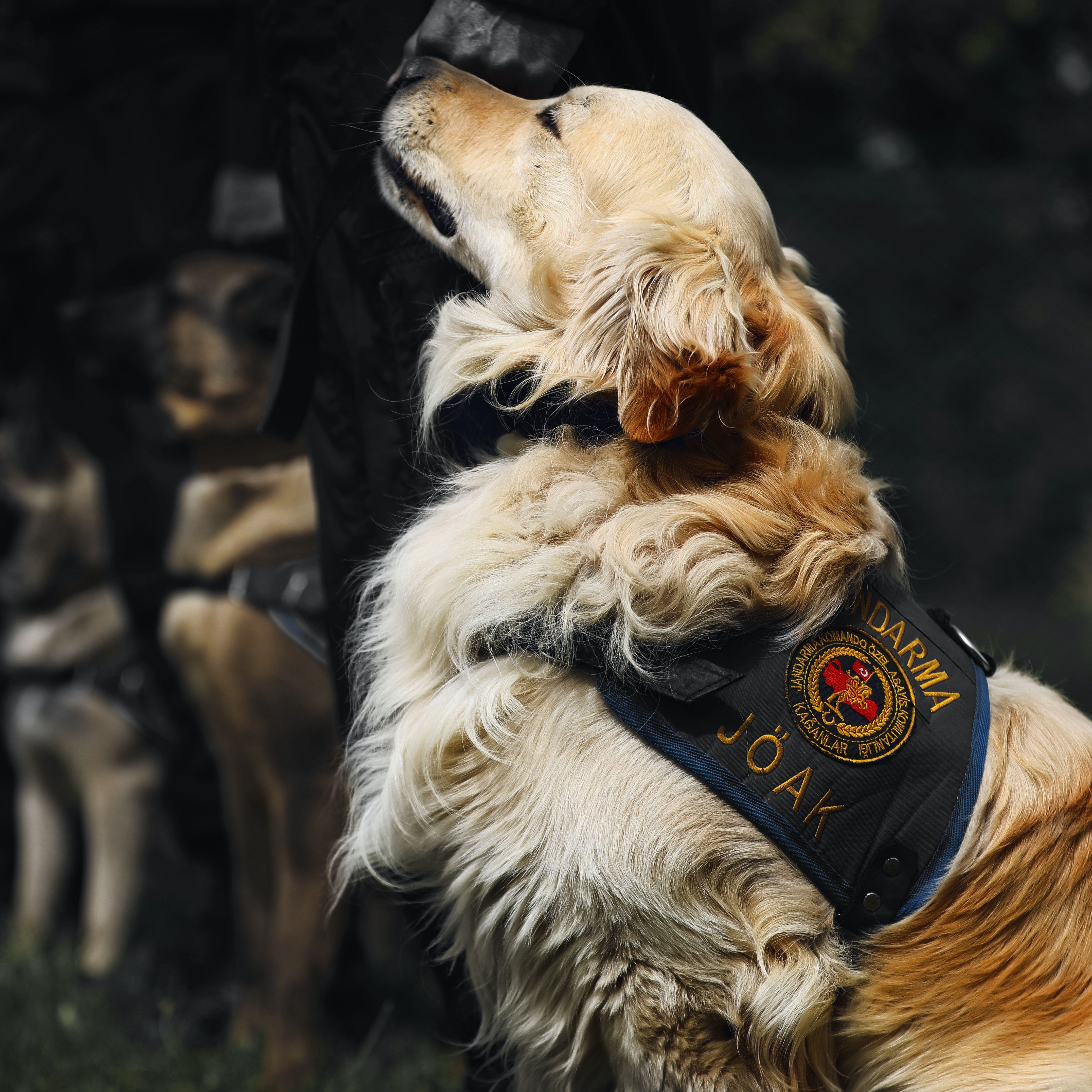Article
Could Dogs Detect COVID-19 in Public?
Author(s):
A California pilot program shows trained dogs may be able to sniff out COVID-19 with 90% specificity.
Credit: Pexels / Emre Ezer

Medical alert dogs trained through a California Department of Public Health program showed capability to detect COVID-19 infection among children in a school setting—albeit at a worse sensitivity and specificity than standard antigen test rates.1
In new research from a diagnostic trial conducted by a team of California investigators, in-person dog screening for COVID-19 infection was associated with an 83% sensitivity and 90% specificity at volunteer K-12 schools. Despite the accuracy of COVID-19 detection by dogs being relatively worse than standard laboratory-based testing results, the team believes this non-invasive method of virus detection may serve as a beneficial public COVID-19 screening total.
Led by Carol A. Glaser, DVM, MD, of the California Department of Public Health, investigators analyzed a dog screening program complementary to the state’s antigen testing program for COVID-19 at local volunteer schools. The team highlighted the contrasting benefits of a scent-based dog screening program against an antigen testing program that requires “personnel, testing resources, and sample collection (that) generates medical waste.”
“Scent-trained dogs are a strategy for rapid, noninvasive, low-cost, and environmentally responsible COVID-19 screening,” they wrote.
A pair of medical alert dogs were trained through Early Alert Canines to identify volatile organic compounds (VOCs) emitted by people infected with COVID-19, in conjunction with Glaser and colleagues’ assessment. The team piloted in-person dog screening with 2 trained dogs among a subset of volunteer schools on days when antigen testing was also scheduled to be conducted.
Participant students stood 6 feet apart as handlers led the dogs by to sniff their ankles and feet; the dogs alerted handlers when potential COVID-19 infection was observed by sitting. Participants then underwent antigen testing, with all results digitally recorded. Glaser and colleagues assessed the sensitivity and septicity for COVID-19 detection by the dogs as compared to antigen test results.
The dogs received 2 months of COVID-19 scent sample training before achieving 95% sensitivity and specificity for virus detection and being piloted in the field study.
Among the 1558 assessed school students, staffs and community members, two-thirds (68%) were screened ≥2 times for COVID-19. A total of 3897 paired antigen and dog screenings were completed. Investigators reported the dogs accurately identified 85 COVID-19 infections and ruled out 3411‚an overall accuracy of 90%.
The dogs additionally inaccurately identified infection 383 times, and missed another 18 infections. Compared to antigen testing, their sensitivity was 83% (95% CI, 75 – 90) and their specificity was 90% (95% CI, 89 – 91).
While investigators praised the simplicity and efficiency of COVID-19 dog screening, they noted a handful of “variables” presented in the live field test—including distractions by way of the children and noises, and environmental factors including other scents and odors that may have impacted their sensitivity and specificity.
However, despite these newly observed difficulties and the study’s limitation of lessened COVID-19 cases at the time of assessment, the team believes dog screening for COVID-19 serves a highly beneficial potential.
“The goal is for dogs to perform large-scale VOC screening with antigen testing being performed only on persons with positive dog screening results, thereby reducing antigen tests performed by approximately 85%,” they wrote. “While modifications are needed before widespread implementation, this study supports use of dogs for efficient and noninvasive COVID-19 screening and could be used for other pathogens.”
References
- Glaser CA, Le Marchand CE, Rizzo K, et al. Lessons Learned From a COVID-19 Dog Screening Pilot in California K-12 Schools. JAMA Pediatr. Published online April 24, 2023. doi:10.1001/jamapediatrics.2023.0489





